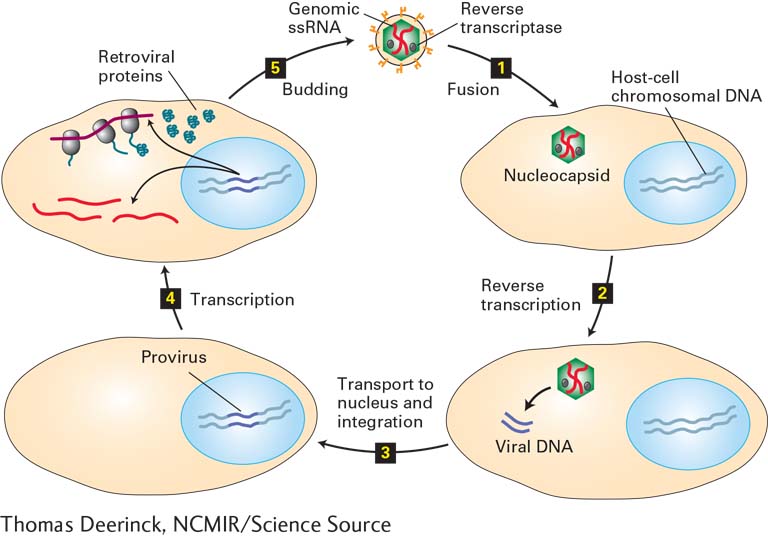
FIGURE 5- e- t- e- t- t- t- t- 5-